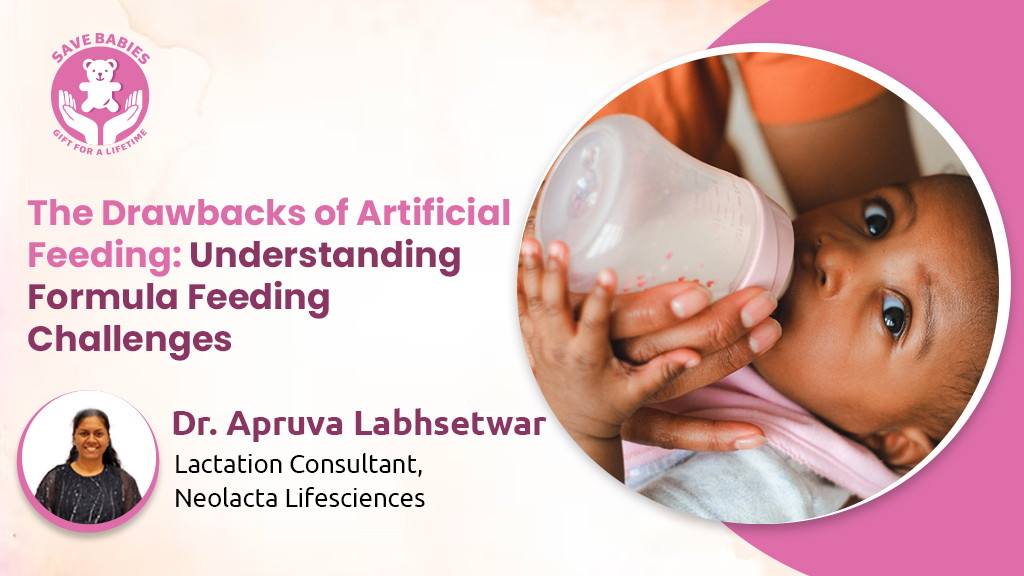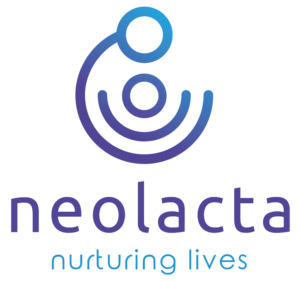While formula feeding has provided a viable alternative for nourishing infants, it is essential to comprehend the challenges and drawbacks associated with this method. From health considerations to financial implications, it’s crucial to be informed about the potential disadvantages of artificial feeding.
Health Disadvantages
1. Lack of Immune Protections:
Breast milk is a dynamic source of antibodies, enzymes, and white blood cells that fortify an infant’s immune system. Formula, on the other hand, lacks these live components, potentially leaving formula-fed babies more susceptible to infections and illnesses.
2. Nutritional Variances:
Formula attempts to emulate the nutritional composition of breast milk, but it may not replicate its intricacies precisely. Breast milk adjusts its composition based on the baby’s age and health, whereas formula remains static, potentially leading to nutritional disparities.
3. Digestive Challenges:
Infants digest breast milk more easily than formula. Formula-fed babies may experience constipation, gas, and other digestive discomforts due to the differences in composition and the body’s natural ability to process breast milk more efficiently.
4. Increased Risk of Allergies:
Breast milk provides natural protection against allergies. Formula feeding, especially if the baby has a family history of allergies, may contribute to a higher risk of developing allergic reactions or intolerances.
Cost-wise Disadvantages
1. Formula Expenses:
Formula feeding incurs significant expenses, including the cost of formula itself, bottles, sterilizing equipment, and other associated accessories. This financial burden can accumulate over time, especially considering that formula-fed infants consume more than breastfed ones.
2. Medical Costs:
Formula-fed babies may be prone to more illnesses, leading to increased medical expenses. The higher likelihood of infections and hospital visits can result in additional healthcare costs for formula-fed infants compared to their breastfed counterparts.
3. Time and Convenience:
Formula feeding necessitates preparation time for mixing, sterilizing, and heating bottles. This can be a cumbersome process, especially during nighttime feedings. Breast milk is readily available at the right temperature, offering a more convenient option for busy parents.
4. Environmental Impact:
The production, packaging, and disposal of formula contribute to environmental concerns. The carbon footprint associated with formula feeding, from manufacturing to waste, is more substantial than the minimal impact of breastfeeding.
Conclusion
Understanding the drawbacks of artificial feeding is crucial for parents making informed decisions about the best feeding method for their infants. While formula feeding is a valid option, it’s essential to weigh the potential health disadvantages, including the lack of immune protections and the risk of allergies. Additionally, considering the cost-wise disadvantages, from formula expenses to potential medical costs, provides a comprehensive view of the implications associated with artificial feeding.
In the pursuit of providing the best start for infants, acknowledging the drawbacks of formula feeding allows parents to make informed choices that align with their values, circumstances, and the well-being of their precious little ones.
References
- Stuebe A. The risks of not breastfeeding for mothers and infants. Rev Obstet Gynecol. 2009;2(4):222-231.
- Moreira-Monteagudo M, Leirós-Rodríguez R, Marqués-Sánchez P. Effects of Formula Milk Feeding in Premature Infants: A Systematic Review. Children (Basel). 2022;9(2):150. Published 2022 Jan 24. doi:10.3390/children9020150
- Lucas A, Cole TJ. Breast milk and neonatal necrotising enterocolitis. Lancet. 1990;336(8730):1519-1523. doi:10.1016/0140-6736(90)93304-8




